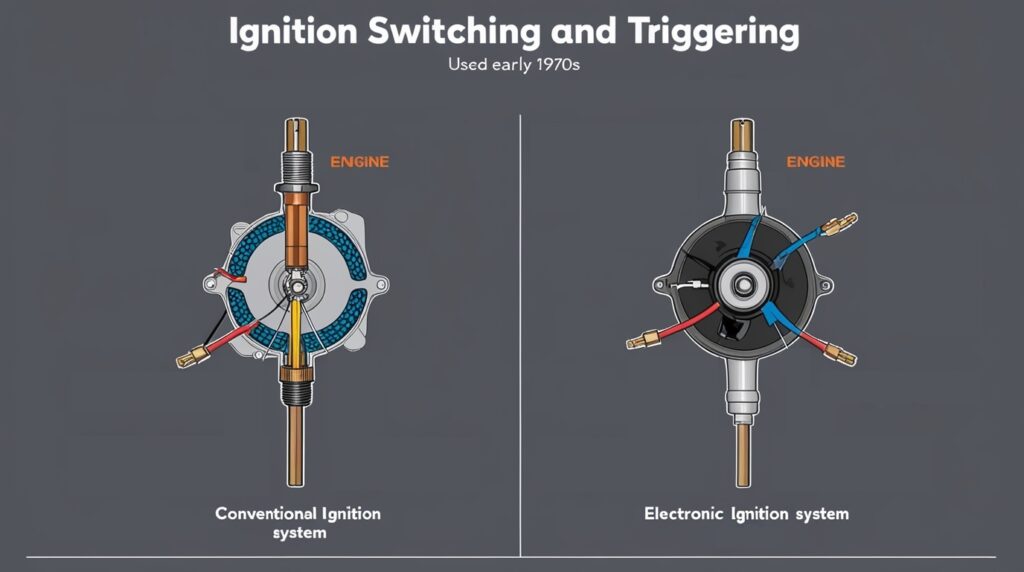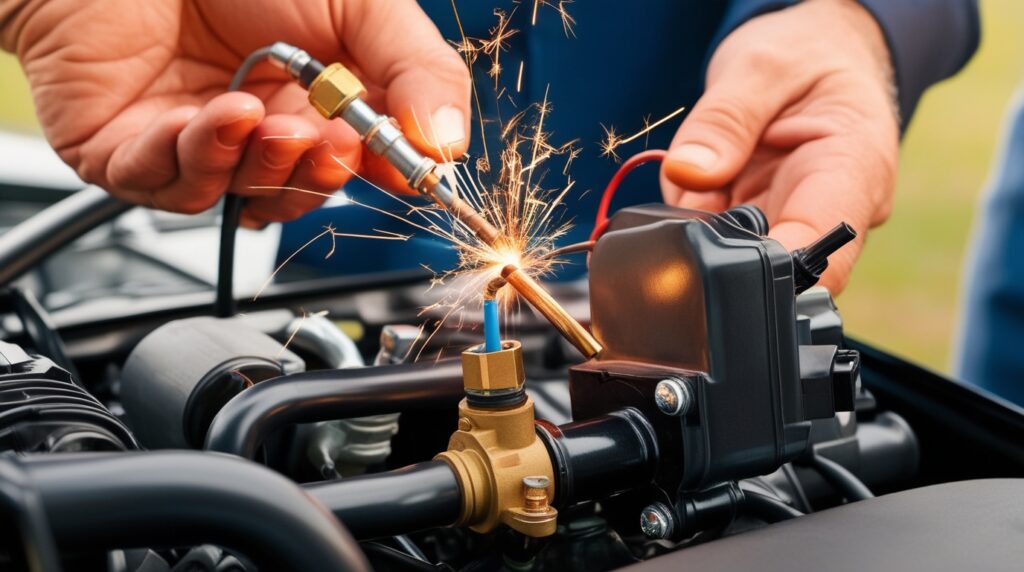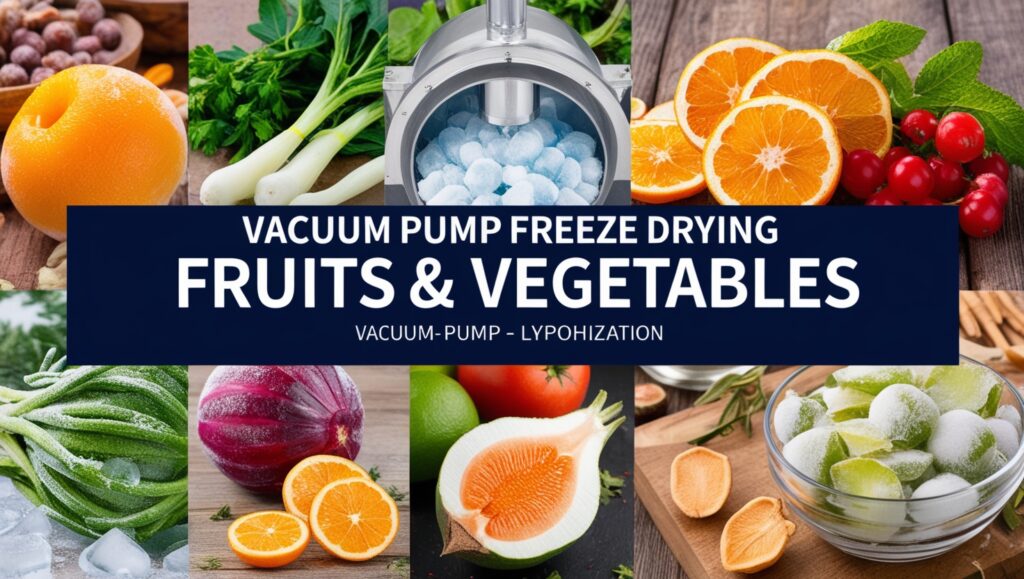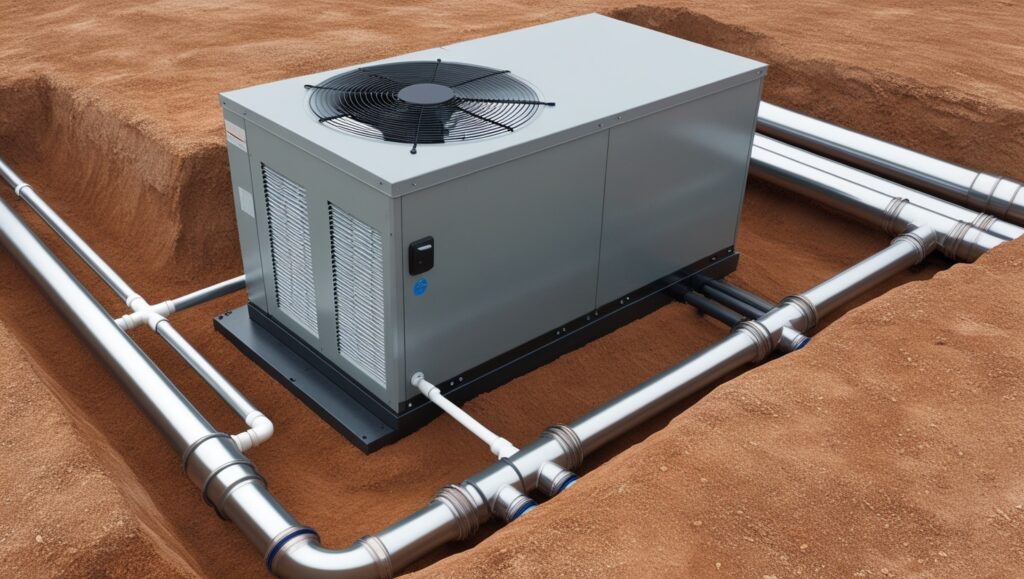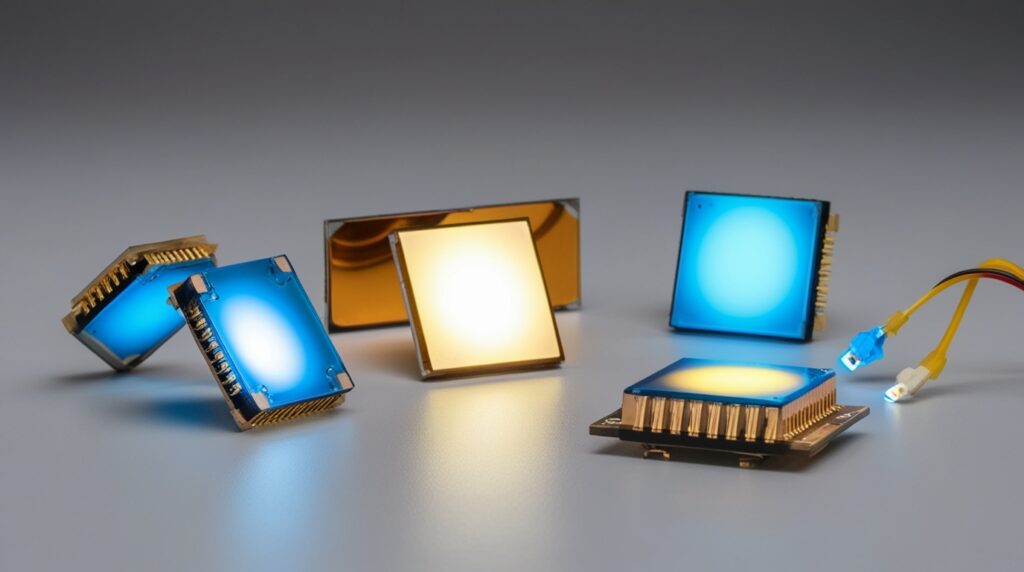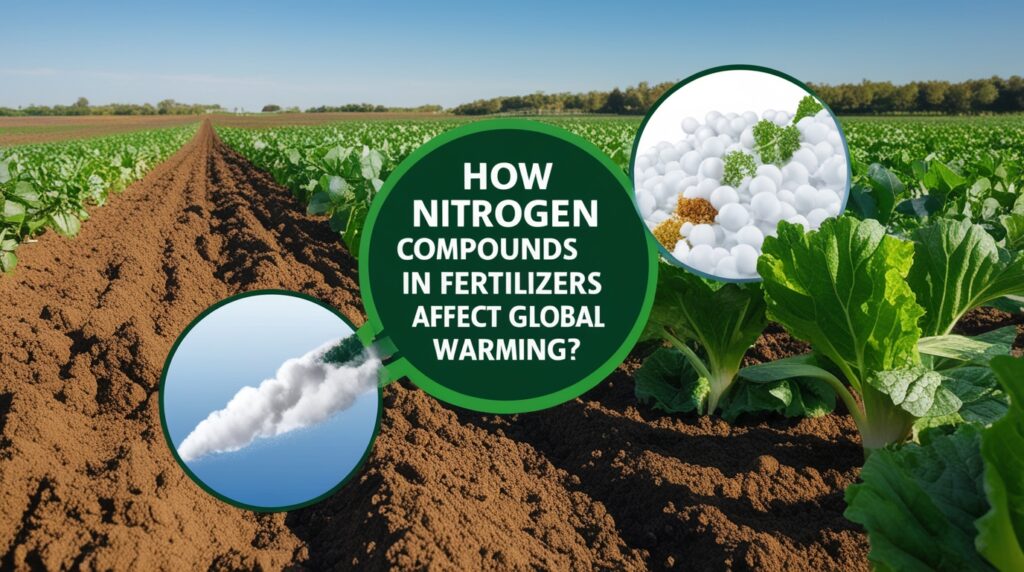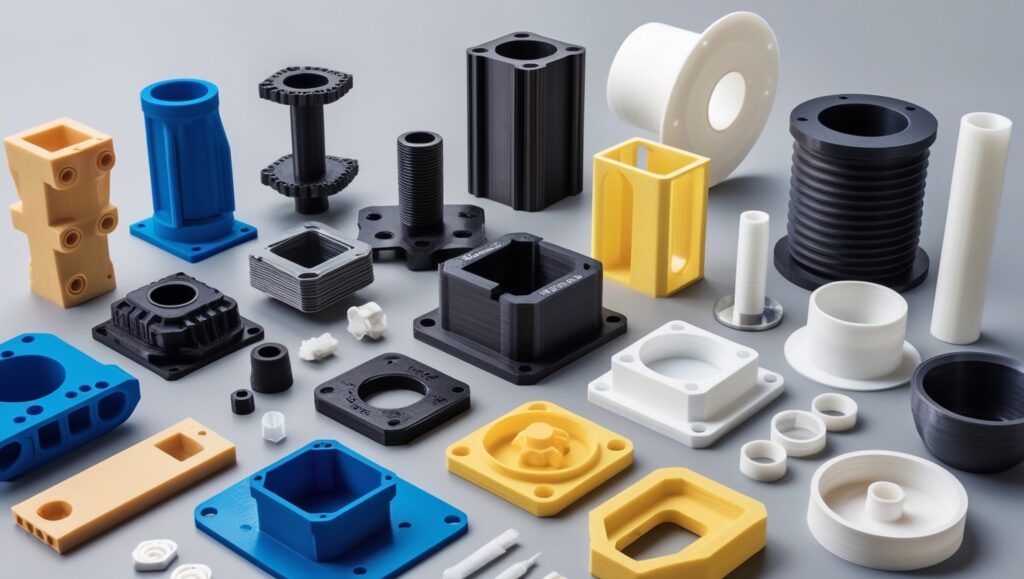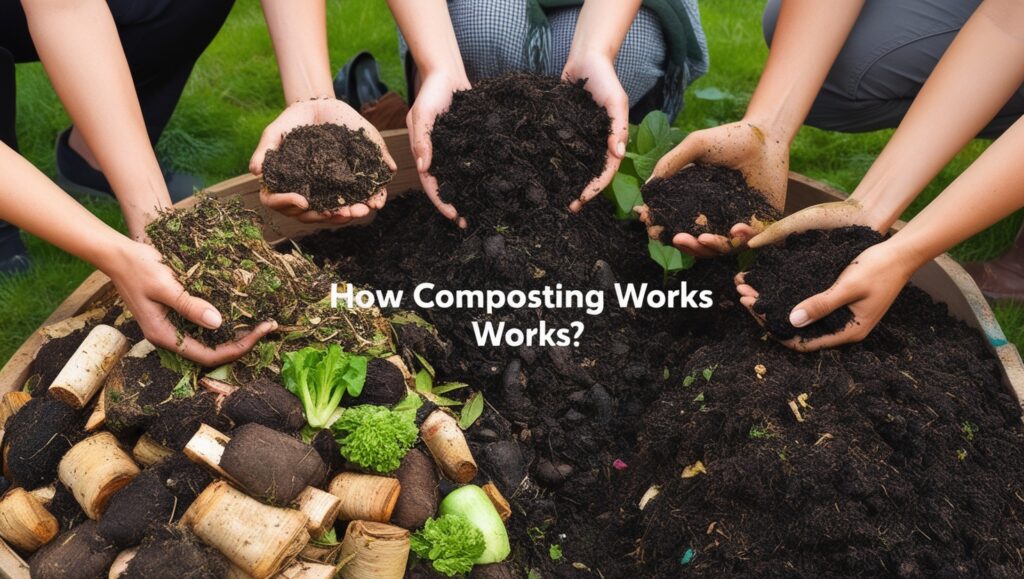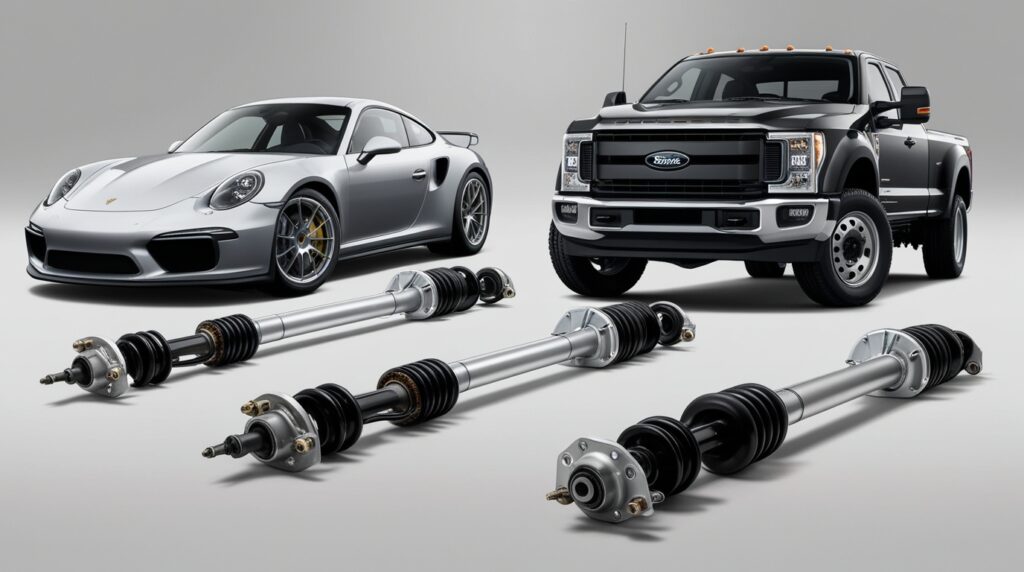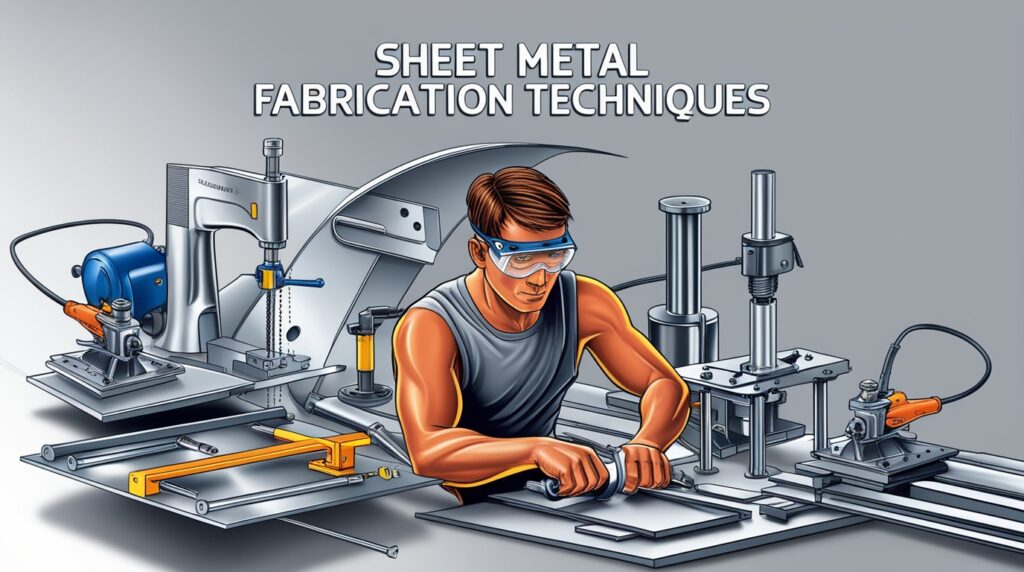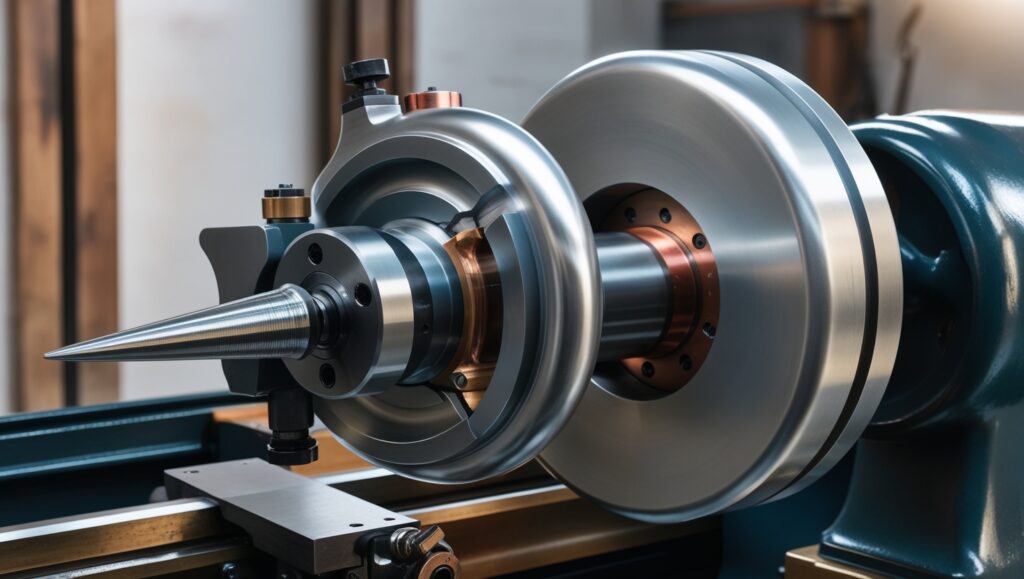Knock Sensor
Introduction A knock sensor is a critical component in modern internal combustion engines, primarily designed to detect engine knocking—an undesirable phenomenon characterized by the premature ignition of the air-fuel mixture in the combustion chamber. Engine knocking can lead to significant engine damage, making the knock sensor vital for maintaining performance, efficiency, and compliance with emission standards. By monitoring vibrations and sounds within the engine, the knock sensor signals the engine control unit (ECU) to adjust parameters such as ignition timing, thus mitigating potential damage and optimizing engine operation in real-time. Notable for their application in both passenger and commercial vehicles, knock sensors are integral to the automotive industry as engine […]

